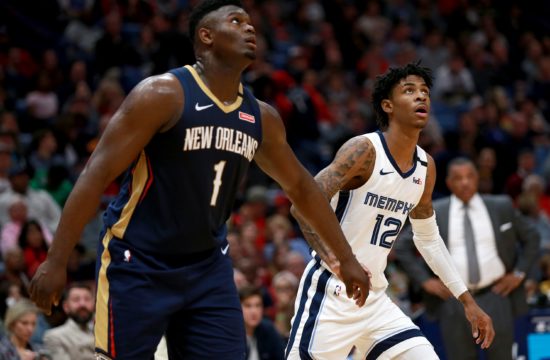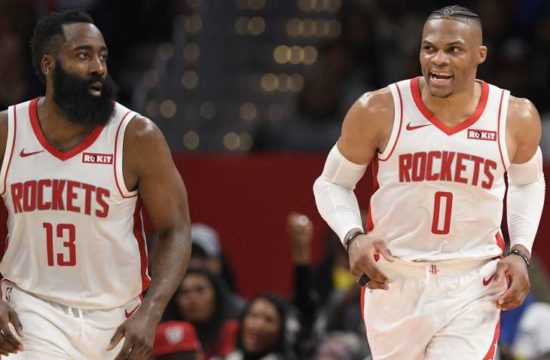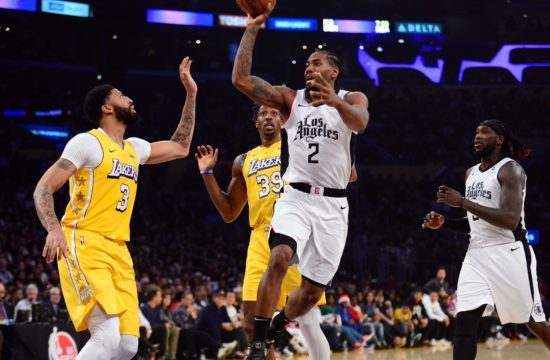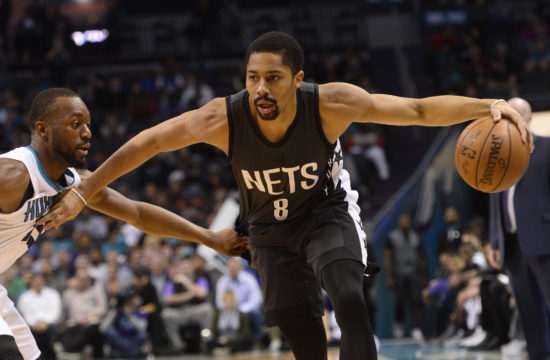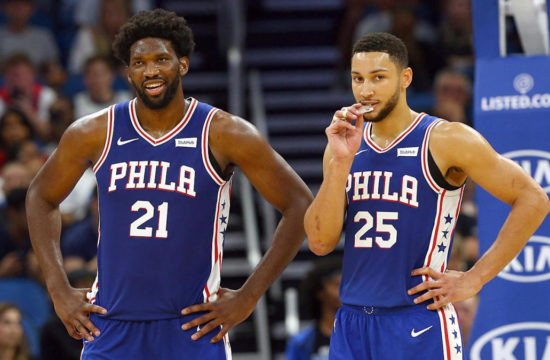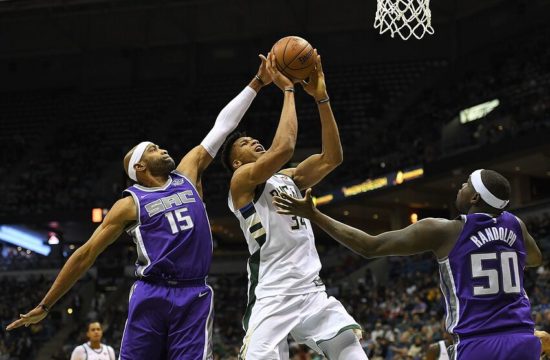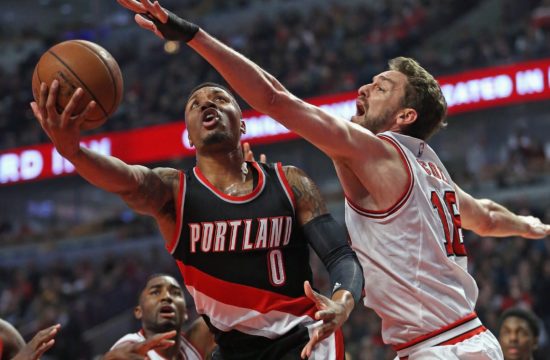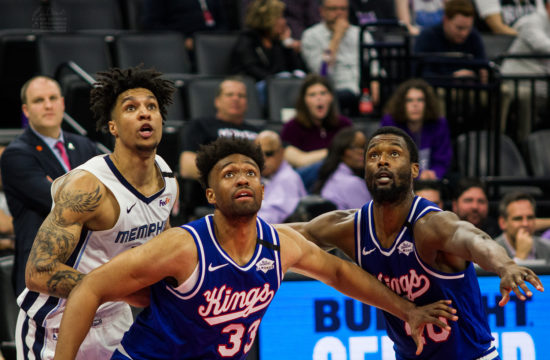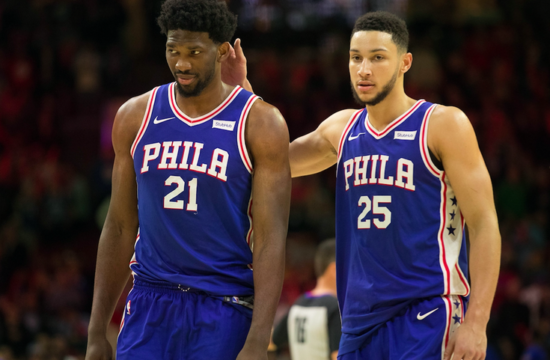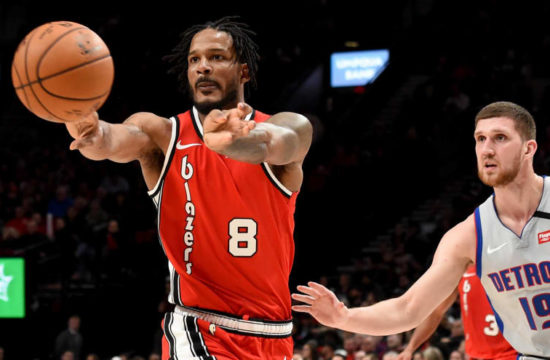The NBA and the NBA Players Association agreed to extend the 60-day window that allows the league to terminate the collective bargaining agreement. The agreement comes in the wake of the COVID-19 pandemic and after a Friday conference call with league commissioner Adam Silver and the players association membership.
The current CBA is not built for this type of situation. Normally the league and the players association calculate the new salary cap – and the luxury tax threshold – in the time between the annual NBA draft and the start of the free agency period. With both the draft and free agency on hold right now, the NBA faces a huge dilemma.
Without these numbers in place, it will be nearly impossible for teams to draft this year and put rosters together for next season. Teams are telling Silver and the league that they would like to have the new cap and luxury tax figures before the draft. This would help teams in how they approach the draft and any potential trades.
The problem with having those numbers ready anytime soon is how they are calculated. When making salary cap projections, the league looks at the previous year. Revenue has a lot do with the where the cap ends up. In terms of revenue for the 2019-20 season, the NBA stands to lose a lot.
Using current revenues to develop next year’s salary cap would likely crush small market NBA franchises. For example, the CBA projected the 2020-21 cap to be $115 million with a luxury tax threshold of $139 million.
The current coronavirus crisis could cause those numbers to fall by as much as $30 million. If that’s the case, roughly 25 of the league’s 30 teams would be facing the luxury tax. Small market teams simply could not afford to pay it. As an example, Golden State’s projected tax penalty for next season would skyrocket from $45 million to $160 million. And, that’s before free agency.
The NBA and NBAPA are working together to salvage the rest of the 2019-20 season. It is likely that if the season does resume it will be without fans. That presents even more problems for the league. About 40 percent of league revenues come from ticket sales, concessions, and other game-night receipts.
Rick Bouch


